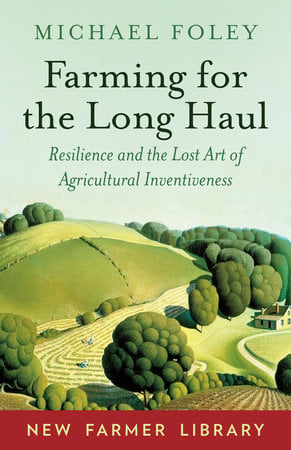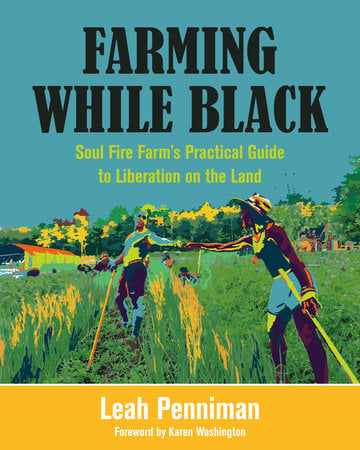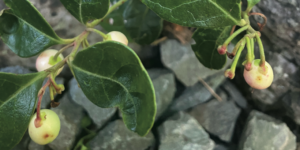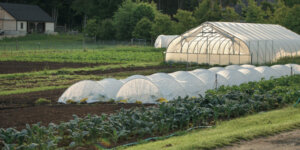Farming for the Long Haul: It Takes a Village
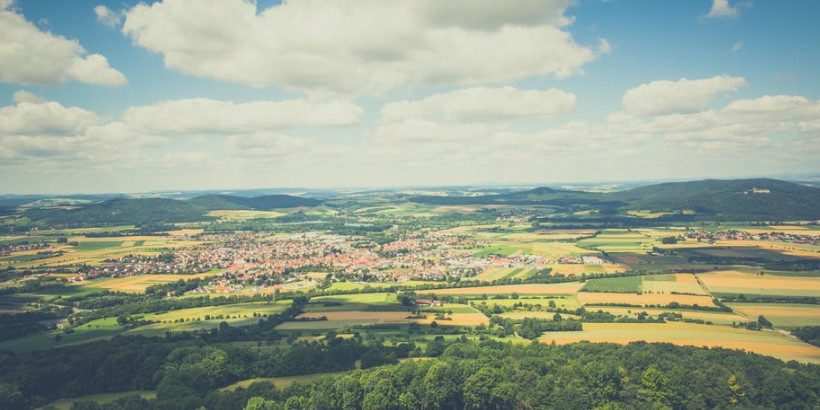
It’s almost impossible to achieve farming for the long haul without a group of caretakers behind the scenes, making sure everyone’s needs are met. For hundreds of years, women made up these “caring communities,” supporting families, making food, and bettering community life. Though the makeup of these caring communities has changed over the years, the support provided is still essential for society to flourish.
The following is an excerpt from Farming for the Long Haul by Michael Foley. It has been adapted for the web.
Working to Rebuild: What We Can Do
Once we recognize the true dimensions of our relational economy and the caring community that supports it, and learn fully to value it and reward those who sustain it, we can take steps to rebuild and enlarge it. We can openly attack the presumption, so widespread in American rural culture, that families do not owe a start to their children, that Junior must pay full market price to take over Grandma’s place. We can build collective vehicles for providing farmers with access to land, cooks with access to kitchens, and all of us with access to real health care. We can celebrate and enlarge volunteerism and build volunteer buyers’ clubs, informal gardening and gleaning co-ops, and information exchanges to enhance access to affordable local foods. We can promote sharing among farmers and neighbors, turn informal tool lending into tool banks, build shared cold storage, exchange seeds and scions, and, of course, find more and more ways to share knowledge.
And more: We can support local food banks, help provide housing for interns and aspiring farmers working rented land, take a hand in securing the welfare of everyone in our community, and support local institutions that provide for the homeless, victims of domestic violence and discrimination, and the elderly. All of this is going on now in many parts of the country and the world, and more will come as we shake off the notion that caring for one another has nothing to do with the struggle to get a living off the land and is best left to governments and nonprofits, or requires credentials, formal institutions, or official status.
Formal Institutions: Governing the Commons
Not that communities do not also depend upon institutions. Formal governance provisions are also a part of traditional social orders, essential to making villages, towns, irrigation associations, and communal obligations work. Virtually everywhere, even when chiefs or kings or states claim ultimate jurisdiction, traditional societies have governed themselves in important ways, reserving the most immediate decisions about community life and even the local economy to democratic processes within the community. The New England town meeting is one remnant of that, still vibrant in some places, though stripped of much of its authority by statehouses and their bureaucracies. Alpine villages and traditional irrigation societies still in operation in parts of the world today are self-governing institutions, with sometimes elaborate rules for managing common pastures or water flows.
Governing institutions that work, that have persisted for hundreds, even a thousand years and more, have certain characteristics. For one thing, at the local level they are democratic. That does not mean that their societies are completely egalitarian. Democratic rights may be limited to only some members of the community. It was common in many village societies, for example, to limit voting rights to property holders. These were usually the heirs of founding families in the community, and often males only. Newcomers who acquired property might be admitted to formal membership, and heirs who divided property between them might also be accommodated. Rules varied. But because decisions had mostly to do with the uses of property and the agricultural cycle, heads of households often reserved decision making to themselves. When it came to larger matters, however, like electing town officials or organizing communal work, many village societies extended the vote to a village assembly. In the New England town meeting, for example, all adult members have come to have a vote. Town meeting maintained roads, schools, maybe a library. It elected a town constable and might even maintain a jail. Mexican villages, especially those with an indigenous heritage, often practice this more inclusive democracy.
Governing common resources like Alpine meadows or irrigation systems or fisheries generally requires the more restricted democracy of designated stakeholders only. In fact Elinor Ostrom found that one key to the success of such systems is establishing clear boundaries that define precisely who enjoys rights to the resource. In the case of Alpine meadows, villages own most of the meadows. Rights to graze are restricted to citizens, who are allowed only as many cows on the meadow as they can feed over the winter, and this in turn determines how much cheese each household receives from the cheesemakers. In traditional Japanese villages, decision-making rights regarding the commons are based on cultivation rights, tax obligations, or ownership, varying from most heads of households to only a few. Rights of access are restricted to recognized households. Common property provides villagers with lumber, firewood, thatch for roofing, material for weaving and basket-making, animal fodder, medicinal plants, and so on. Elected officials determine just when harvesting might begin and how much each household can take.
What Makes Governance Systems Successful?
Other important features characterized successful governance systems. For one thing, states have to acquiesce at least tacitly to the right of users to organize and govern themselves, something lacking in most state-constructed irrigation systems, which consequently have a bad record for serving farmers well. In New Mexico, the New Mexico Acequia Association had to fight for the reversal of a state law that had permitted members to sell water—a privatization of water at variance with acequia principles. Though the state constitution recognized acequia associations as having jurisdiction over their waterworks, the private property bias in US law-making presumed that water was a commodity, eligible for sale by the individual member.
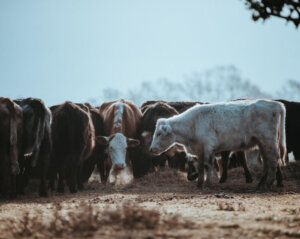
Finally, successful systems have means of sanctioning those who abuse the resource or the rules, but sanctions are generally minor and graduated, discouraging resentment and encouraging compliance. In Spain a water court hears cases once a week and decides upon sanctions, which start with a few pennies but could lead to expulsion for the rare repeat offender grossly abusing the system. In Japan guards might fine villagers for minor offenses, but more serious offenders could be deprived of their harvest and equipment. They would have to pay a fine to the village to recover the equipment.
Ostrom finds that key to these systems of governance are their democratic institutions, which mean that users have a stake in the rules and they can adapt the rules to their particular situation and to changing circumstances. For that reason, the rules for each of these systems vary from village to village, watershed to watershed, fishery to fishery. And where elected officials have discretion in implementing the rules, as in the Japanese village headman’s decision over when to start harvest, users can object by mass disobedience and, eventually, democratic change.
Moving Forward: Working As A Community
I have spent some time on these systems because they illustrate so well what it takes to manage our common interests. None of these institutions works without organized meetings, decision-making procedures, rules, and considered decisions about the business at hand. They are no more, nor less, complicated than our own contemporary agricultural cooperatives. But many of us shy away from the complexities of organization, the tediousness of meetings, the difficulties of devising decisions that serve us. We mustn’t. At a minimum we will need to support the organizations that support us through annual meetings and active attention to the issues that confront us and the people we elect to serve us. Liberty has a price, as Thomas Jefferson famously remarked, and his “eternal vigilance” didn’t mean a propensity to grouse about decisions we have left to others.
We will need more, not fewer, self-governing local institutions over the next decades, enriching community among us and providing the sorts of opportunities the state has proven inept at providing. The so-called health care crisis is a case in point. As much a crisis in the sort of health care we are given as in its financing, it is not likely to find a national or state-level solution. But as a community we owe it to one another to forge a response that can serve all our members. Didi Pershouse provocatively notes that, “No one in the United States ever suggests that we should not pitch in to pay for the fire department, because we all understand that any of us could need them at any time. The same is actually true of health-care providers. If your house is burning, you need the fire department. If you are sick, you need care.” At least one community has risen to the challenge and created its own self-governing health care alliance, offering care at steep discounts to members, who pay a modest fee to join.
Providing food for all is the natural challenge facing the farmers of the coming decades. With food stamps and the market match program that currently brings food stamp customers to farmers market both on the chopping block, it will be important for more of us to consider how we can give back to the larger community that is our home. Maverick agricultural economist John Ikerd actually suggests we establish “food districts” on the model of school districts and fire districts to pay farmers to provide food for the community. If we manage to move in that direction, the new institutions will have to be a good deal more accountable than their models, but that depends largely on the willingness of ordinary citizens and farmers to get involved. More informal projects, like the FrutaGift free farm stand in Fruitvale, California, or the neighbors’ food exchange in suburban Altadena that climate scientist Peter Kalmus describes, can distribute food without the sometimes arcane rules and cash economy of our farmers markets.
Recommended Reads
An Interview With Eliot Coleman: The Original Organic Pioneer
Recent Articles
Want to grow year-round, but a greenhouse feels like a big investment? When it comes to cost and flexibility, low tunnels are the all-around winners.
Read MoreWintergreen is the stunning evergreen groundcover that’s a game-changer for your garden! It’s cherished for its aromatic leaves, vibrant fall color & bright berries.
Read MoreGrow winter carrots for a sweeter & more flavorful harvest! Ditch the bland, store-bought carrots this winter! Grow your own winter carrots for a sweeter and more flavorful twist 🥕🥕
Read MoreSearching for the perfect book to give the homesteader in your life? We’ve got your go-to books for anyone interested in organic growing, permaculture, soil health, year-round growing & more! What’s their next great read?
Read MoreWinter is coming… but that doesn’t mean you should put away those tools just yet. Extend the growing season well past the first frost!
Read More

